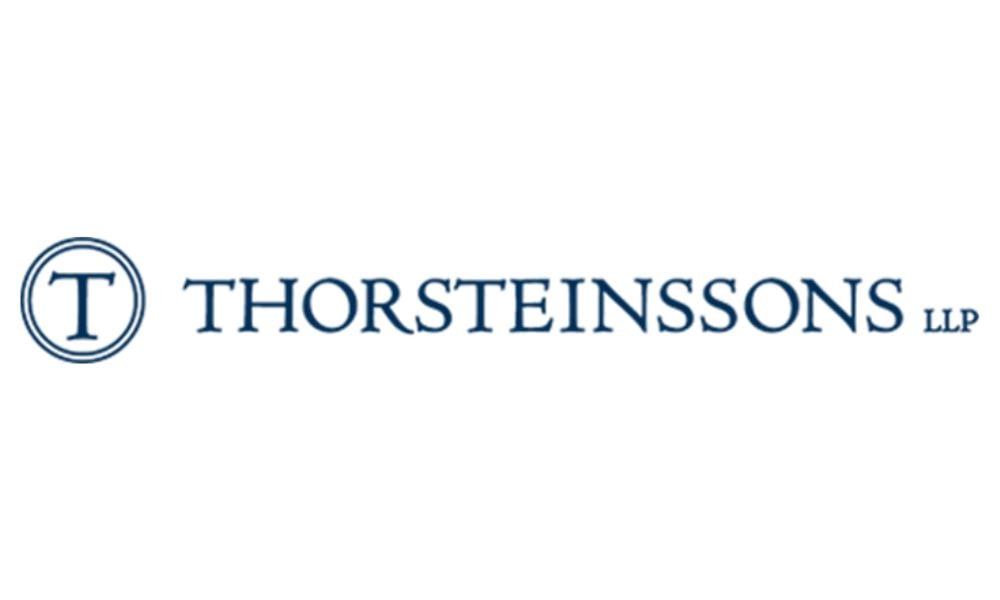Deans Knight Income Corp. v. Canada, 2023 SCC 16 (“Deans Knight”) involves the application of the general anti-avoidance rule (“GAAR”) to the utilization of non-capital losses and other deductions by a taxpayer, Deans Knight Income Corporation (the “Taxpayer”). Experiencing dire financial stress, the Taxpayer, which had accumulated significant non-capital losses (and other tax attributes) from its unprofitable business, entered into a series of complex transactions with an unrelated third party in order to become profitable and utilize its tax attributes. The arrangement did not violate the restriction in subsection 111(5) of the Income Tax Act (Canada) (the “Act”) since “control” of the Taxpayer was never acquired by a third party. Rather, the sole issue at hand was whether the arrangement violated the GAAR. In a 7-1 decision, the Supreme Court of Canada (“SCC”) found that the GAAR applied, with the result that the Taxpayer was prevented from utilizing the non-capital losses and other tax attributes.
Background
In 2007, the Taxpayer, which carried on a drug research and nutritional food additive business, was experiencing significant financial difficulties. The Taxpayer had also accumulated a significant amount of tax attributes at that point, such as non-capital losses and tax credits. However, since the Taxpayer had no income and, thus, no tax payable, it was unable to use or deduct such attributes.
With little cashflow left, the Taxpayer sought to realize the value of its tax attributes with the help of a venture capital company, Matco Capital Ltd. (“Matco”), which was unrelated to the Taxpayer. In order to monetize the Taxpayer’s tax attributes, the following transactions were implemented. First, a new company (“Newco”) was incorporated and the Taxpayer became a wholly-owned subsidiary of Newco. Newco and the Taxpayer then entered into an investment agreement with Matco whereby, on one hand, Newco would receive certain cash payments from Matco and Matco, on the other hand, would help the Taxpayer become profitable so as to allow the Taxpayer to use its tax attributes (the “Investment Agreement”).
The main provisions of the Investment Agreement may be summarized as follows:
- All of the assets and liabilities of the Taxpayer, other than its tax attributes, would be transferred to Newco.
- Newco would receive approximately $3M from Matco in exchange for the issuance of a debenture to Matco, which was convertible into 35% of the voting shares and 100% of the non-voting shares of the Taxpayer held by Newco.
- Matco guaranteed that the remaining 65% of the voting shares of the Taxpayer would be purchased from Newco for a minimum amount in the future.
- Matco would, within one year, find a new business opportunity for the Taxpayer that would generate profits against which the tax attributes of the Taxpayer could be deducted.
- Newco and the Taxpayer were prohibited from engaging in any activity without Matco’s consent, other than examining and pursuing the new business opportunity.
As provided by the Investment Agreement, Matco presented the Taxpayer with a new business opportunity which consisted of allowing an unrelated mutual fund management company to manage the Taxpayer as a vehicle to commence a new debt securities business. The Taxpayer agreed, completed an initial public offering and acquired new business assets. The Taxpayer realized substantial profits from the new business in its 2009 to 2012 taxation years and deducted a portion of its tax attributes in order to reduce its income taxes payable in those years.
Issue
None of the transactions implemented by the parties in Deans Knight resulted in an acquisition of de jure control of the Taxpayer. As held in Duha Printers (Western) Ltd. v. Canada, [1998] 1 S.C.R. 795 (SCC), de jure control of a corporation means sufficient ownership of shares of the corporation to elect a majority of the board of directors (i.e., more than 50% of the voting shares of the corporation).
If an acquisition of control of the Taxpayer had occurred, the non-capital losses accumulated by the Taxpayer would not have been available to be deducted in the future due to the restriction in subsection 111(5). Generally speaking, subsection 111(5) prohibits a corporation from deducting any unused non-capital losses after de jure control of the corporation has been acquired (unless certain exceptions are met, none of which were relevant here).
Since subsection 111(5) did not apply to the Taxpayer, the Minister of National Revenue (the “Minister”) relied on the GAAR to disallow the tax attributes claimed by the Taxpayer. The Taxpayer appealed to the Tax Court of Canada, which found in the Taxpayer’s favour. However, the Federal Court of Appeal (“FCA”) overturned the decision of the Tax Court and agreed with the Minister that the GAAR applied to deny the deductions claimed by the Taxpayer. The decision of the FCA was discussed in our previous blog post. The Taxpayer appealed the FCA decision to the SCC.
Decision
The GAAR, which is found in section 245 of the Act, operates to deny a tax benefit received by a taxpayer from transactions that otherwise comply with the text of the Act but amount to an abuse of the provisions of the Act.
The parties agreed that the Taxpayer had complied with the text of the Act such that there was no acquisition of control and the loss carryover restriction in subsection 111(5) did not apply. Thus, the sole issue was whether there was an abuse of subsection 111(5) such that the GAAR applied to deny the deductions claimed by the Taxpayer. Answering this question required the SCC to determine: (a) the object, spirit and purpose of subsection 111(5); and (b) whether the transactions frustrated the purpose of subsection 111(5).
Object, spirit and purpose of subsection 111(5)
The SCC found that the object, spirit, and purpose of subsection 111(5) was “to prevent corporations from being acquired by unrelated parties in order to deduct their unused losses against income from another business for the benefit of new shareholders”. The SCC stated that Parliament wanted to ensure that a “lack of continuity in a corporation’s identity” would result in a “corresponding break” in the corporation’s ability to utilize non‑capital losses in the future. According to the SCC, this is the rationale underlying subsection 111(5) which explains why Parliament enacted the provision.
Abuse of subsection 111(5)
After describing the object, spirit and purpose of subsection 111(5), the SCC considered whether the transactions at issue were inconsistent with the rationale of subsection 111(5).
The SCC concluded that there was an abuse of subsection 111(5) because the result of the transactions frustrated the object, spirit, and purpose of the provision. The SCC stated that the transactions accomplished what Parliament sought to prevent and that Matco achieved the “functional equivalent” of an acquisition of control through the Investment Agreement, while circumventing subsection 111(5) by not holding a majority of the voting shares.
To support its conclusion, the SCC stated that the identity of the Taxpayer underwent a “fundamental change”: the Taxpayer became a wholly owned subsidiary of Newco and all of its assets and liabilities were transferred to Newco, with the result that the Taxpayer became an “empty vessel” with tax attributes only. Additionally, the SCC found that the Taxpayer discontinued its historical business activity and embarked on a new, unrelated venture. The SCC stated that the only link between the Taxpayer after the transactions and its “old” corporate life was the tax attributes. According to the SCC, the transactions essentially had the effect of turning the Taxpayer into a new company with new shareholders and a new business.
Thus, the SCC held that the transactions resulted in a “near-total transformation” of the Taxpayer and this was contrary to the rationale of subsection 111(5). The SCC stated that when the identity of a taxpayer changes, the “continuity” of any unused non-capital losses should be severed, as reflected by the rationale of subsection 111(5).
In addition to the fundamental change of the Taxpayer, the SCC found that the transactions frustrated the rationale of subsection 111(5) because they provided Matco with the benefits of an acquisition of control while avoiding the application of subsection 111(5). For example, the SCC found that the Investment Agreement imposed severe limitations on the power of the board of directors and prohibited the Taxpayer from making a variety of decisions, unless Matco’s consent was first obtained. Matco also had the right to oversee the makeup of the board of directors of the Taxpayer under the Investment Agreement. The SCC concluded that, while Newco was the majority voting shareholder of the Taxpayer “on paper”, Matco had effectively acquired control of the Taxpayer through a series of transactions rather than through a purchase of a majority of the voting shares of the Taxpayer. The SCC disagreed that the Taxpayer had remained a “free actor”, stating that any “residual freedom under the Investment Agreement [was] illusory”.
Therefore, based on the fundamental change in the Taxpayer’s identity and the fact that Matco obtained the power of a majority voting shareholder despite not purchasing a majority of voting shares, the SCC held that the transactions frustrated the rationale of subsection 111(5). They achieved the very “mischief” that the subsection was intended to prevent. Accordingly, the SCC agreed with the Minister that the GAAR applied to the transactions and denied the deductions claimed by the Taxpayer.




